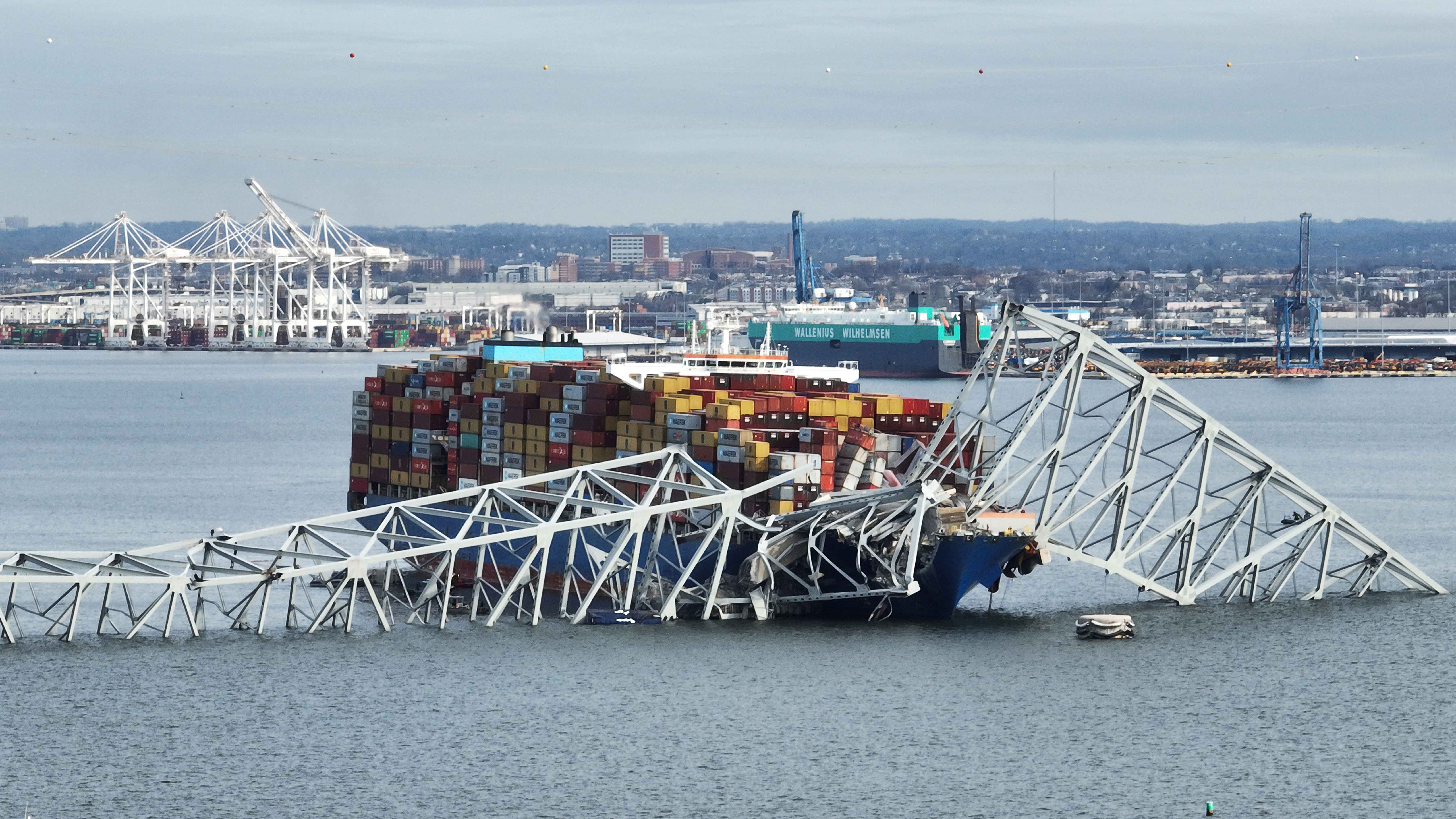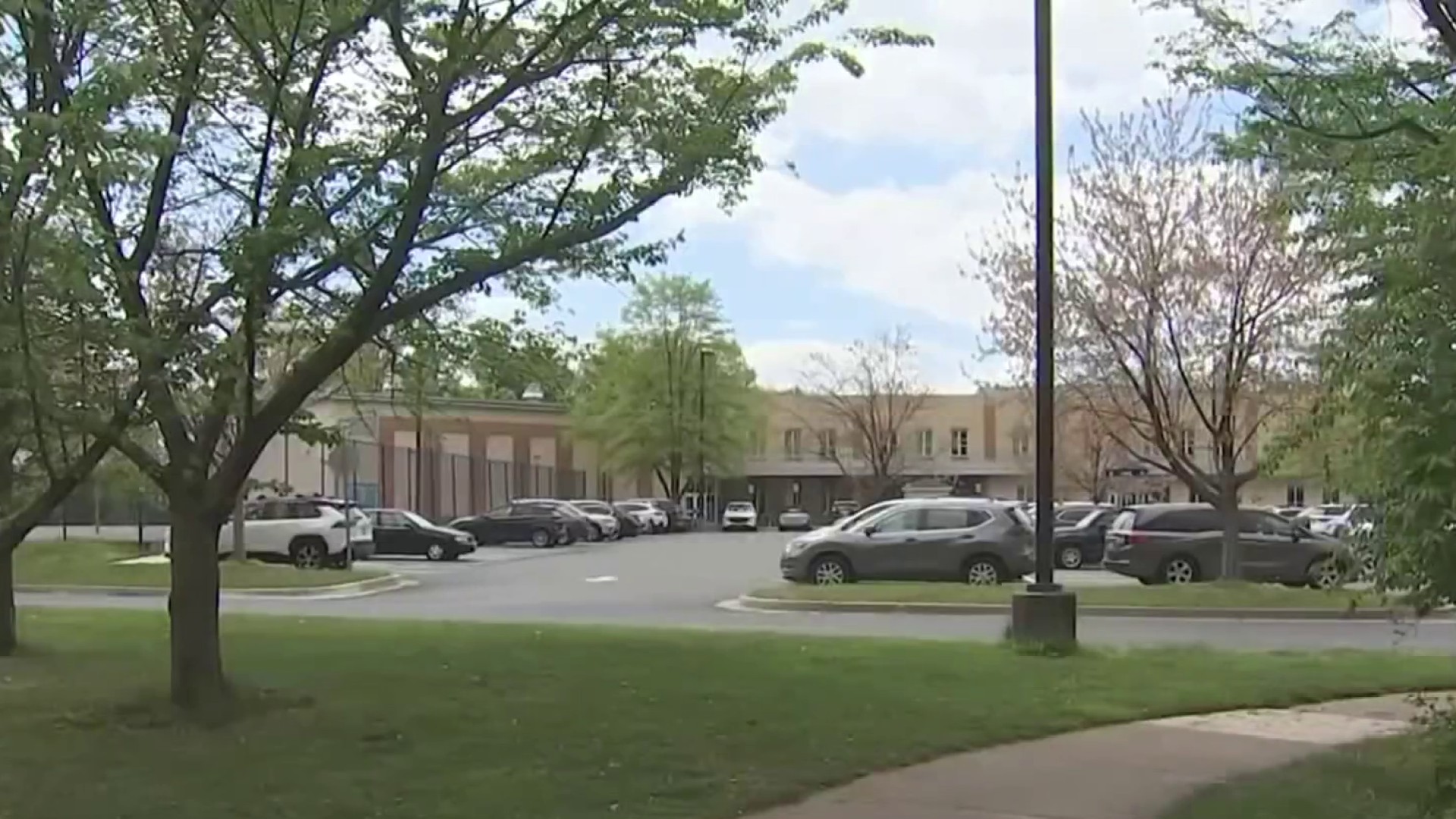Some of the most pristine and historic wetlands in the region are being threatened by an invasive plant.
Volunteers are fighting reeds threatening Calvert Cliffs in Maryland and other parks across the country.
Known best for the archeological treasures buried along the shores of the Chesapeake Bay, Calvert Cliffs State Park spans about 1,000 acres, including about 10 acres of marshland. About 30,000 people visit the park each month looking for fossils or getting close to nature.
But reeds not natural to the United States are choking the wetlands, killing the native plants and eliminating food supplies for native wildlife.
We're making it easier for you to find stories that matter with our new newsletter — The 4Front. Sign up here and get news that is important for you to your inbox.
“It’s slowly taking over. It’s taking away everything that is natural to this area,” said Megan Williams of Friends of Calvert Cliffs State Park.
“Most people call it phrag or phragmites,” said Autumn Phillips-Lewis, co-owner of EcoHaven. “That is a non-native, invasive species brought over from Europe in the early eighteenth century.”
In an attempt to save the wetlands, the Maryland Department of Natural Resources partnered with EcoHaven, an ecological services company, to stop the spread and kill the reeds.
Local
Washington, D.C., Maryland and Virginia local news, events and information
Volunteers armed with chainsaws and industrial weed wackers attack the reeds
“Rolling around in dense mud, trying to chainsaw. I mean, it’s a challenge to even walk out there,” Phillips-Lewis said. “And the conditions do change a lot. Just this morning, we had waders on and we were in 3 feet of water.”
The reeds grow to more than 10-feet tall and have formed a barrier between the wetlands and the bay.
Once the reeds are taken down, huge, black tarps are placed.
Next year, volunteers will plant native species. Then it’s up to Mother Nature to restore the wetlands, which could take years.
“[The reeds are] all across the United States, now, and the biggest problem is all up and down the eastern seaboard,” Phillips-Lewis said.
Once the reeds are gone and the native plant life restored, the wetlands can once again merge with the bay.



